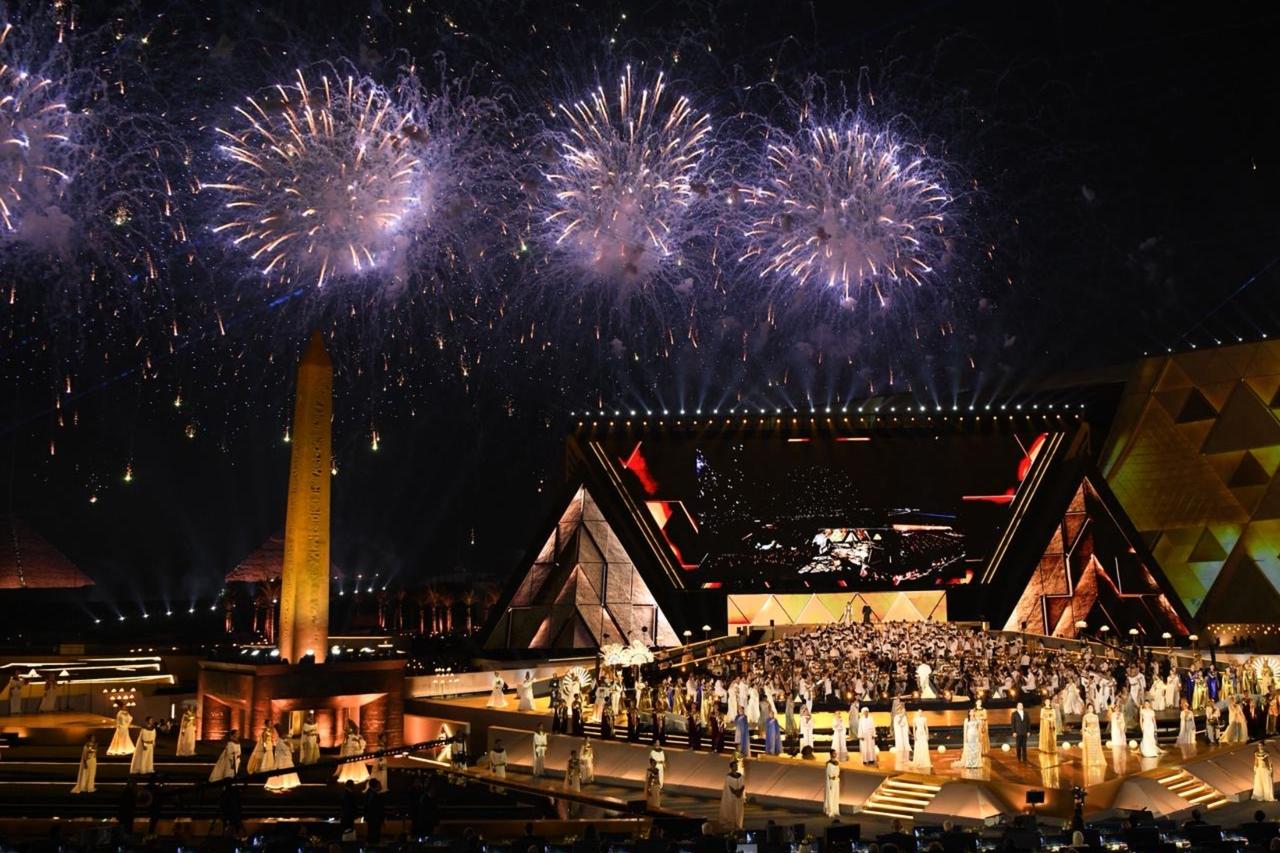
The Grand Egyptian Museum (GEM), frequently promoted as “the world’s largest archaeological museum,” has come to symbolize Egypt’s attempt to redefine its cultural narrative on the global stage. While the project highlights heritage preservation and international cooperation, it also reflects the country’s complex economic landscape and its need to strengthen tourism revenue amid financial pressures.

The idea of the Grand Egyptian Museum emerged in the 1990s under former Culture Minister Farouk Hosni, who envisioned an open museum landscape connecting the pyramids, the Sphinx, and the surrounding temples. The concept took concrete form in 2002 through an international architectural competition held under the patronage of UNESCO and the International Union of Architects. The winning proposal by Heneghan Peng was based on reading the natural axis between the Giza Plateau and the Nile Valley, aiming to create a building that would visually align with the pyramids rather than compete with them.
However, these ambitions have unfolded over decades of construction, during which the project became part of a broader narrative of national prestige. As expectations grew, the museum gradually became a symbolic showcase for Egypt’s identity, placing pressure on it to succeed not just culturally, but economically.
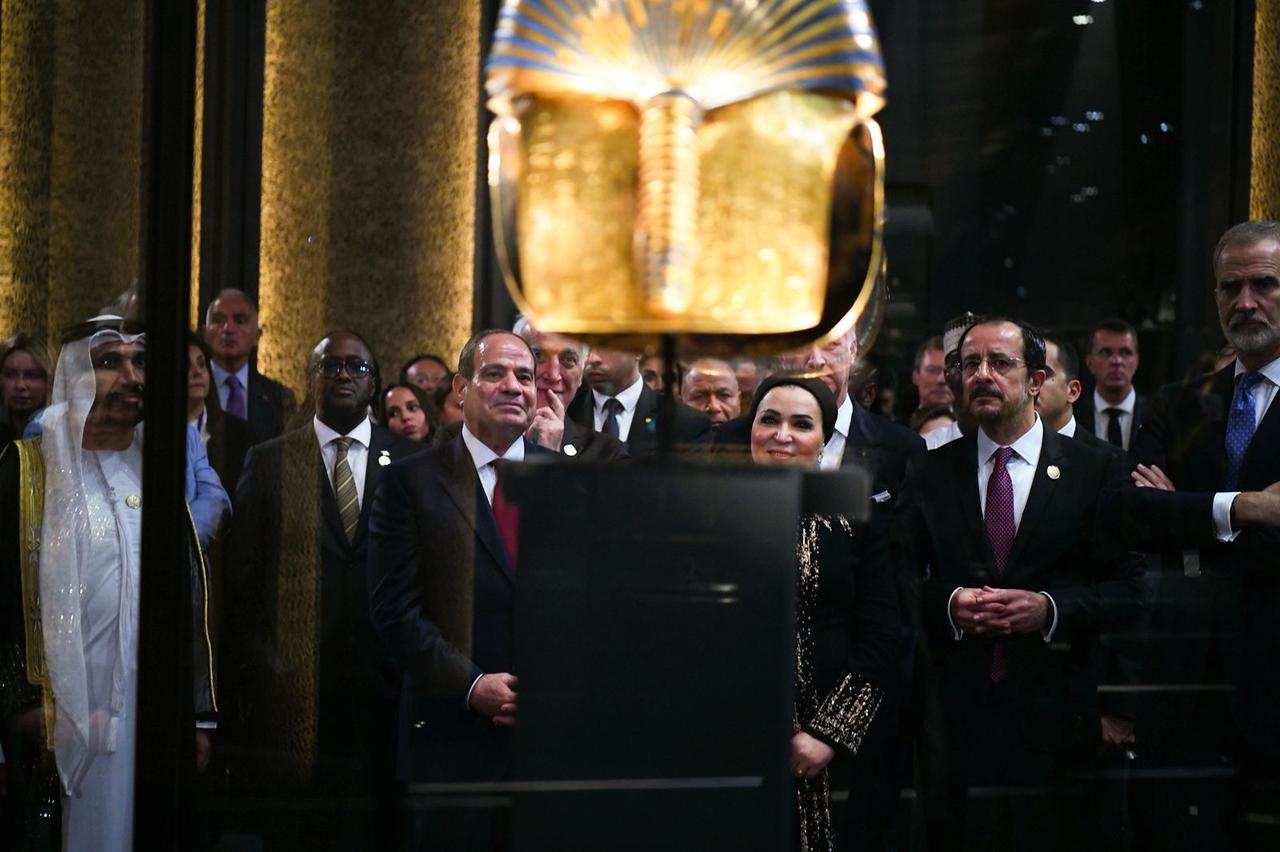
The foundation stone for the Grand Egyptian Museum was placed in 2002 during the presidency of Hosni Mubarak, and initial groundwork followed in 2005. Progress then slowed considerably, leaving the project suspended for several years. Construction returned to momentum in 2014 under Egyptian President Abdel Fattah El-Sisi, who broadened the vision and promoted the goal of creating what would be presented as the largest museum complex ever built.
From 2017 onwards, major phases such as structural completion, conservation laboratories, digital collections management, exhibition planning, and visitor service infrastructure were finalized. By late 2024, the museum entered a period of limited public access and trial visit programs while awaiting its official inauguration as the world’s largest archaeological institution dedicated to a single ancient culture.
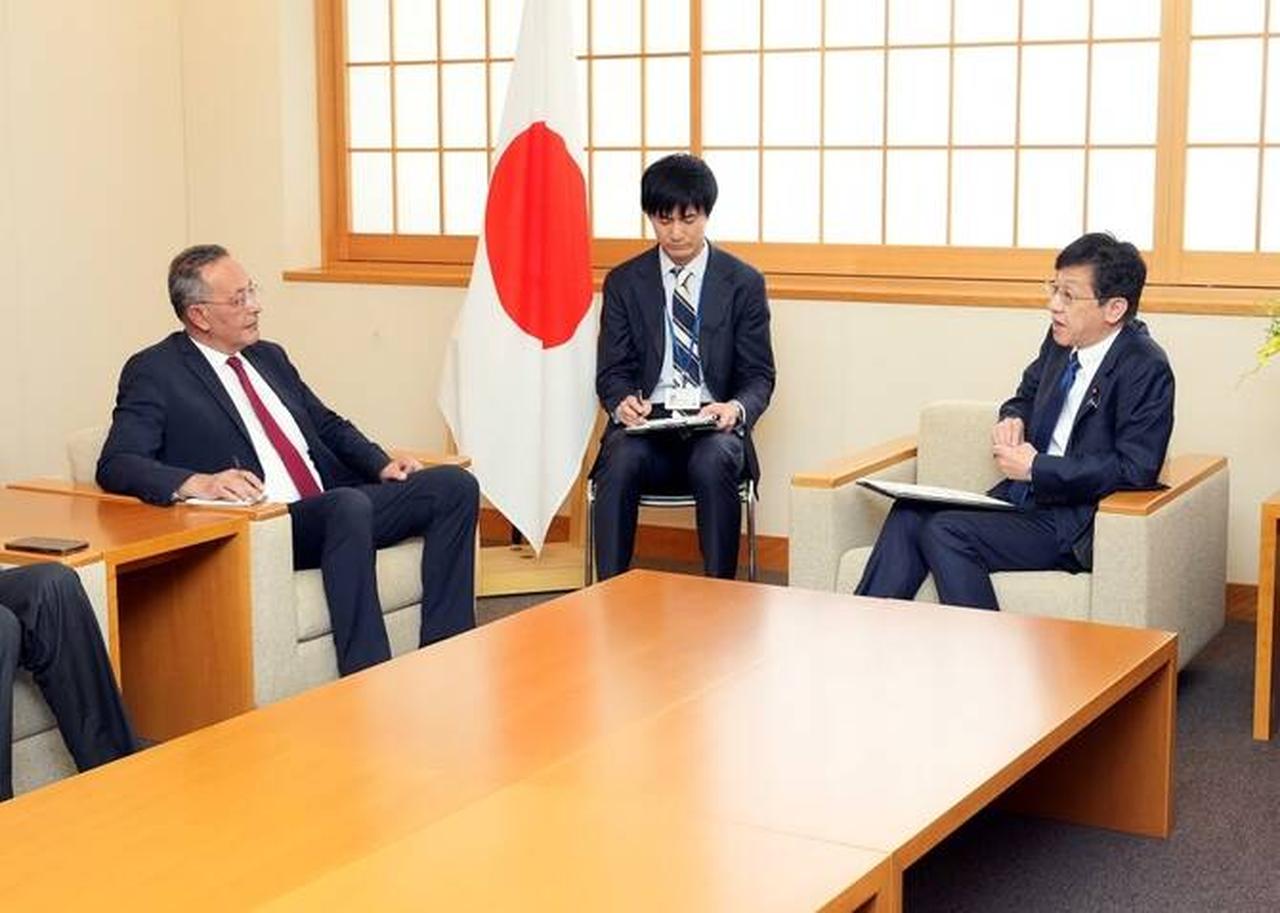
Japan’s provision of favorable long-term loans shaped both the construction and the technical infrastructure of GEM. This financing has been presented as an example of cultural diplomacy, connecting Egyptian heritage expertise with Japanese engineering.
At the same time, the need for international financial support underscores the economic constraints Egypt has faced. While cooperation enriches the institution, it also highlights how major cultural investments are intertwined with external economic dependencies.
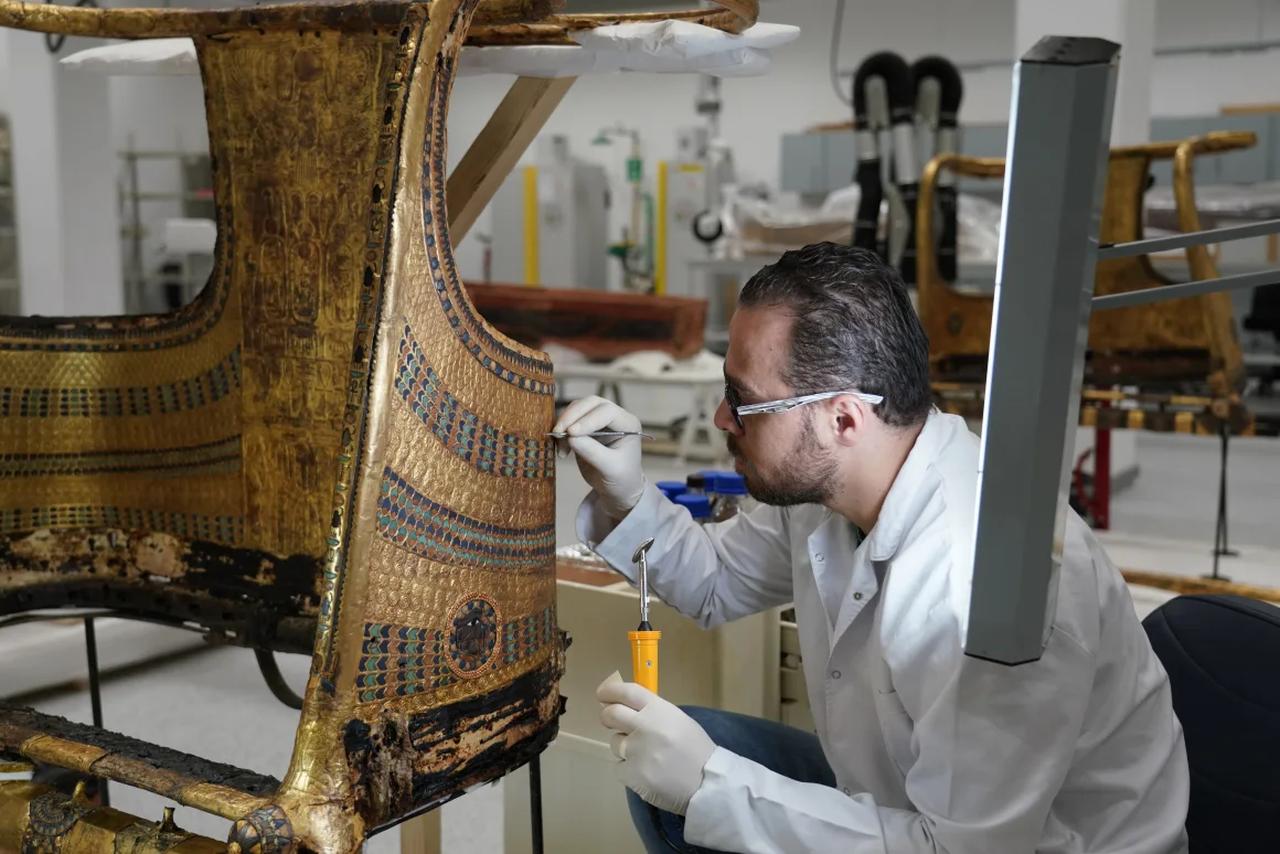
The GEM-CC Conservation Center houses one of the region’s most extensive restoration and training facilities. Thousands of artifacts have been digitally archived and restored, while young Egyptian specialists have been trained to work with global experts.
This effort strengthens professional capacity. Yet, the long-term sustainability of such a complex institution relies heavily on consistent funding and a stable tourism flow—conditions that are not guaranteed in a fluctuating economic environment.
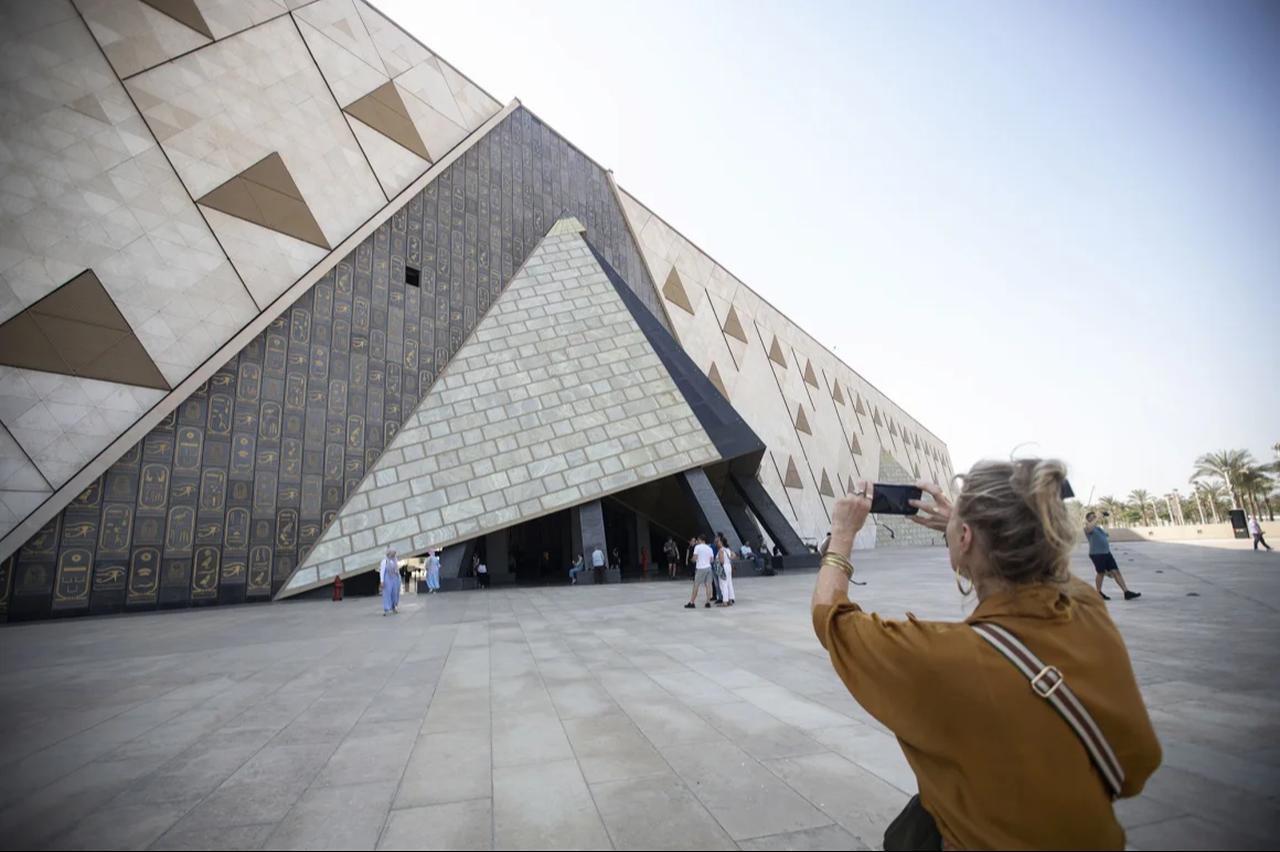
Road networks, metro access, and the expansion of Sphinx International Airport were planned to create a complete visitor ecosystem around the museum. These investments form part of Egypt’s long-term tourism strategy.
However, positioning the museum as a central solution to economic pressure carries risks. Tourism-driven recovery is vulnerable to global instability, regional tensions, and changing travel patterns. The museum, therefore, functions not only as a cultural project but as a carefully calculated economic and diplomatic asset.
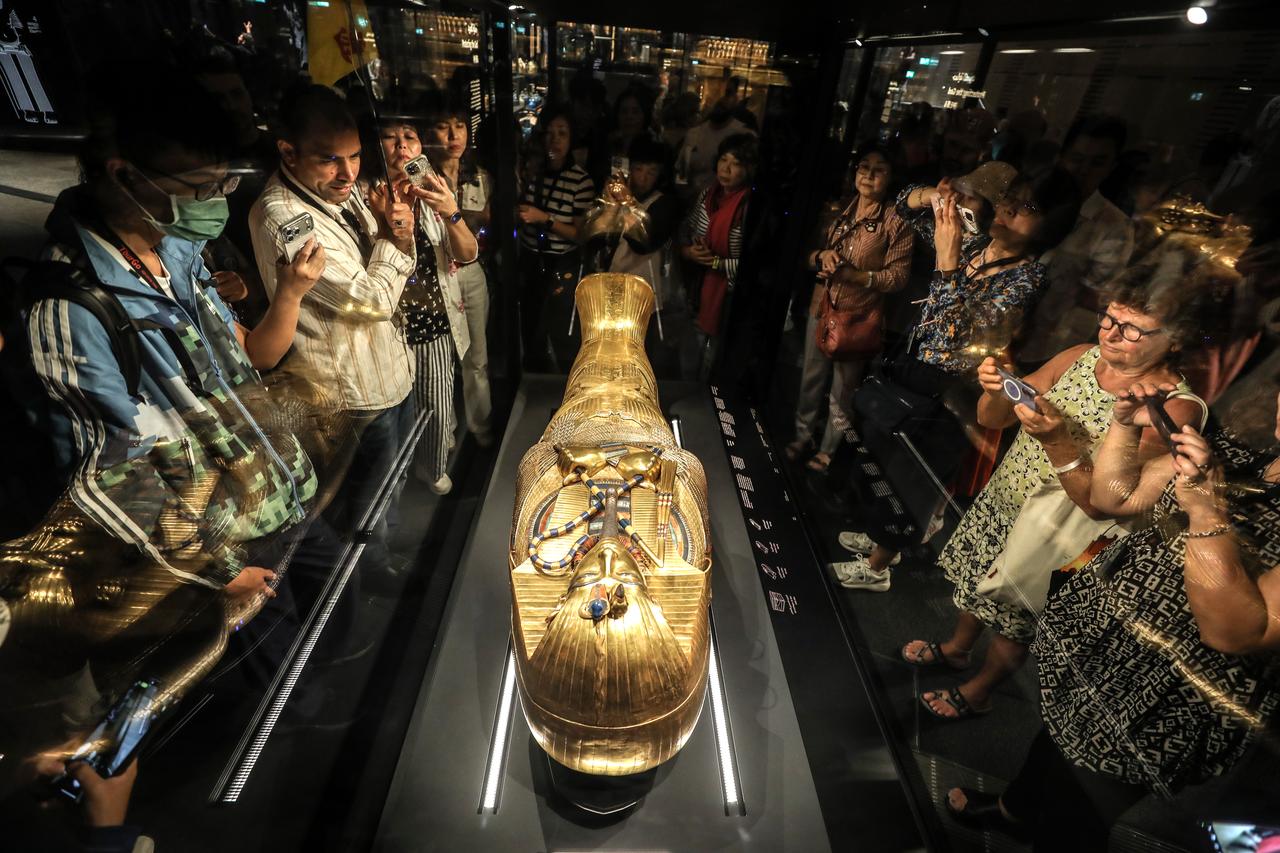
Inside the museum, more than 5,000 items from the tomb of Tutankhamun are displayed together for the first time, alongside the 4,600-year-old Khufu Solar Boat and the monumental statue of Ramses II.
Exhibitions are structured not chronologically, but through themes such as kingship, society, and belief, encouraging a layered understanding of ancient life.
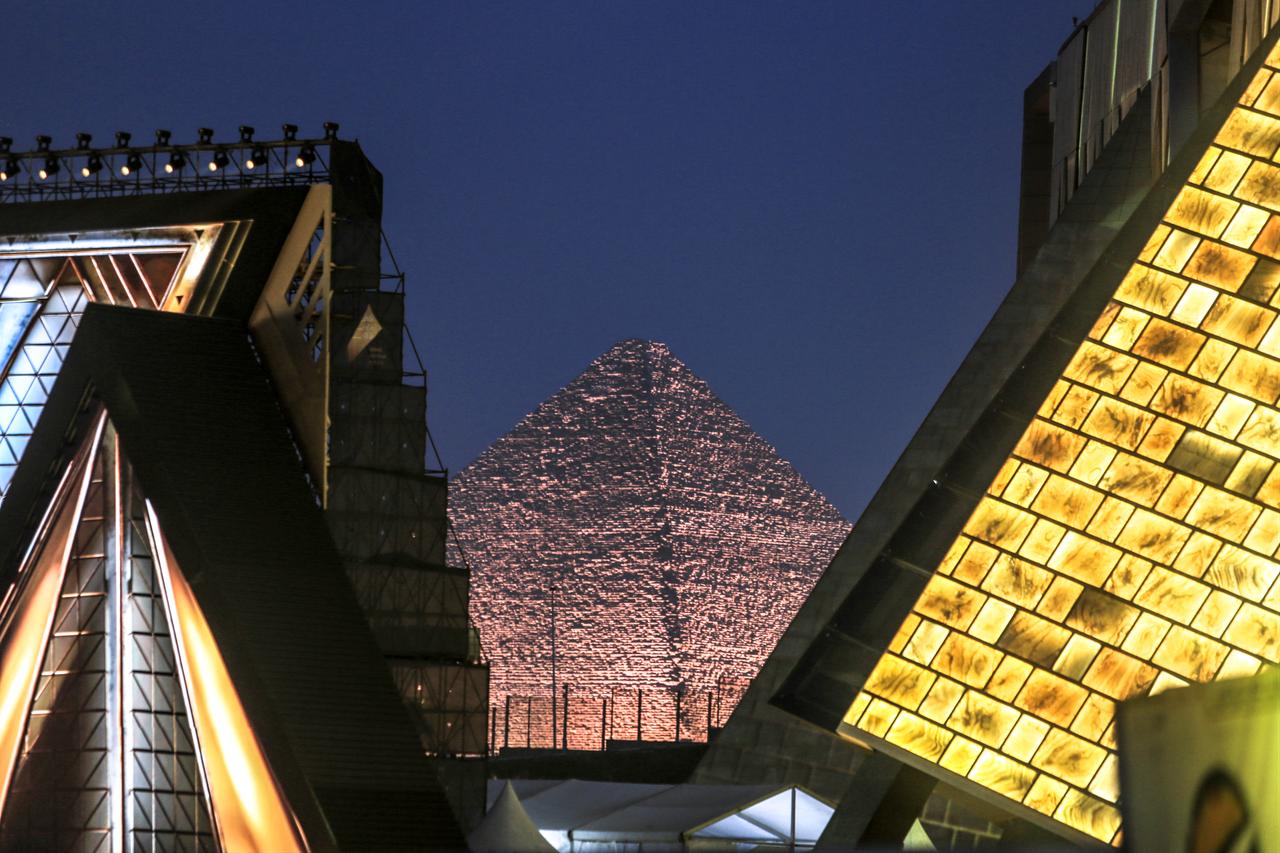
While this narrative approach marks a departure from traditional museum practice, it also reflects a desire to present Egypt’s past in a way that supports contemporary national image-making.
GEM, therefore, stands at the intersection of heritage, diplomacy, economy, and identity: a cultural project shaped as much by the present as by the ancient past it displays.